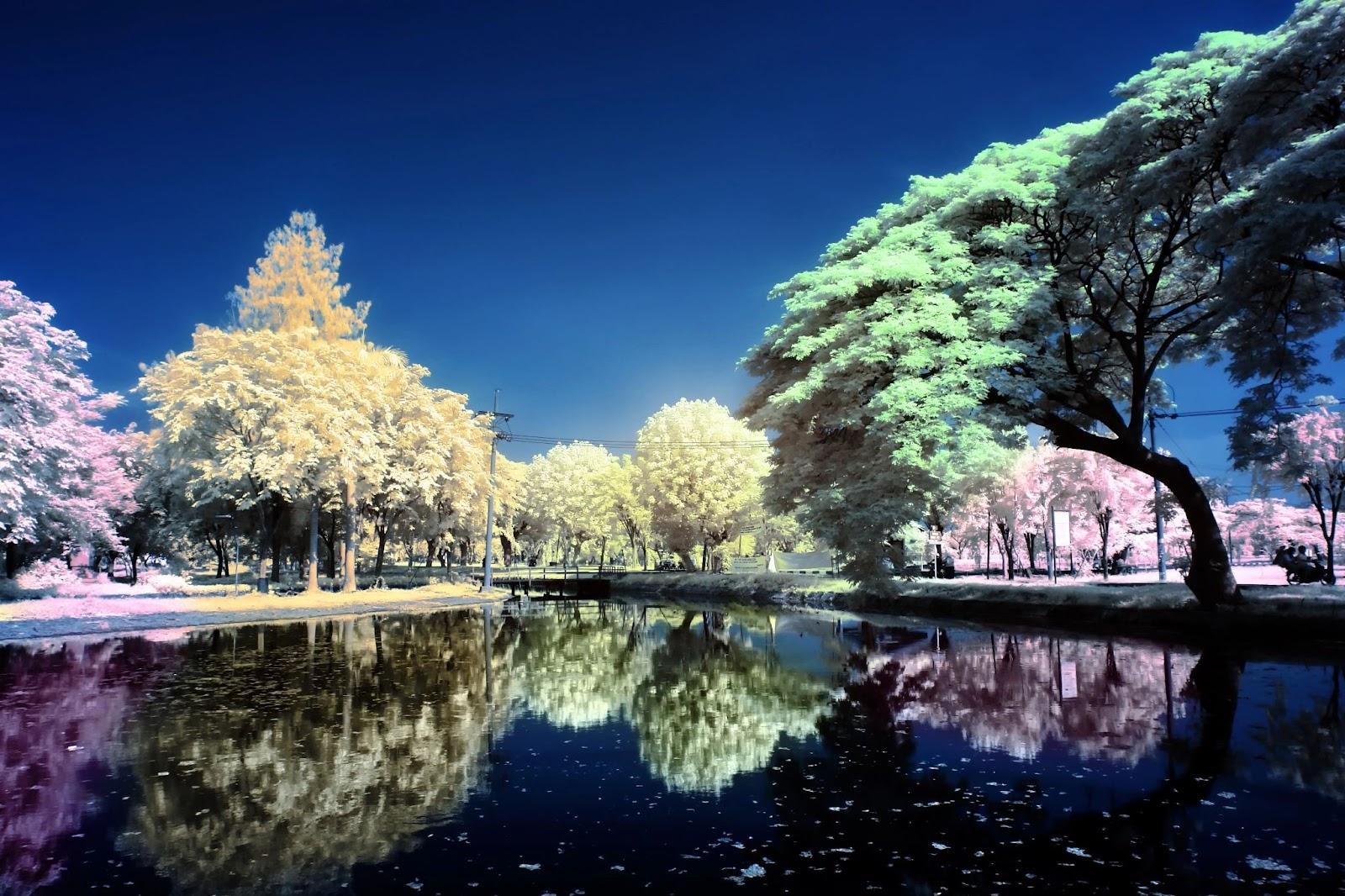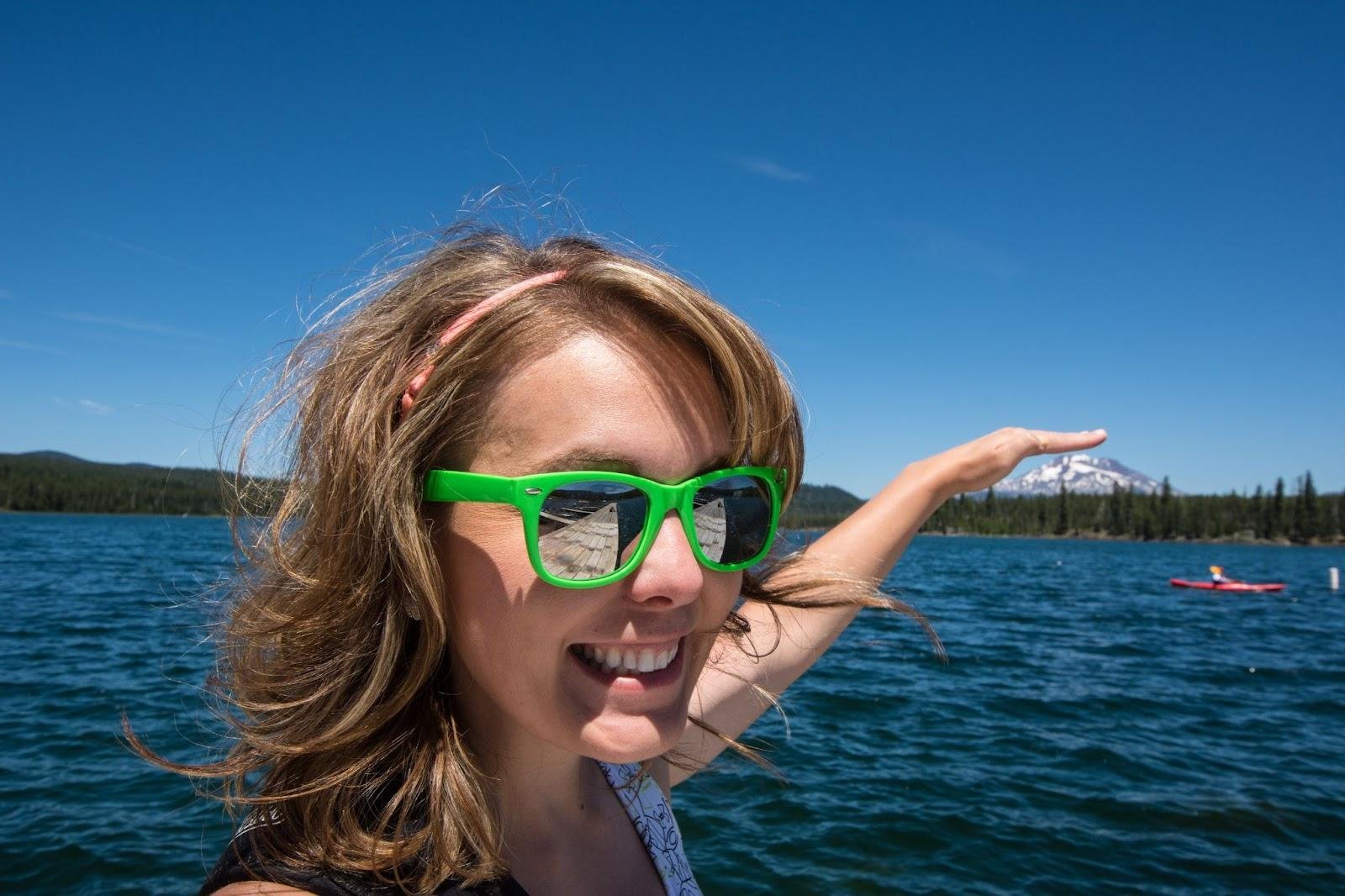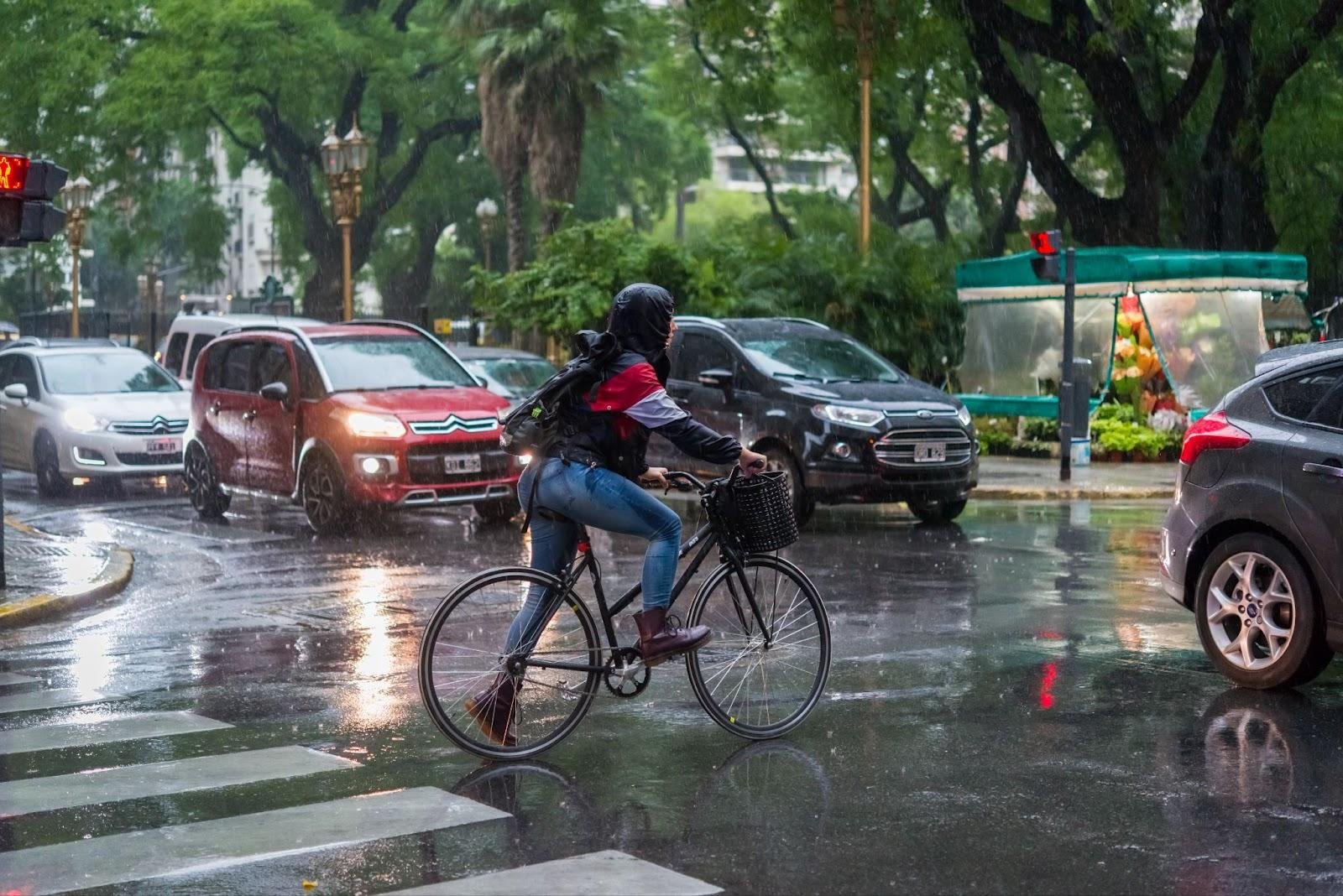Skip to the good bit
ToggleDiscovering new photography techniques and approaches can transform simple snapshots into captivating works of art. Whether you’re just starting or already have a bag of experience, it’s never too late to push the boundaries, uncovering the hidden potential in everyday senses.
Each concept in this article, from beautiful photographs of food to infrared light and forced perspective, is designed to help you master skills and produce striking images. Grab your camera, and let’s delve into four exciting ideas to enhance your photos and make them one-of-a-kind.
Idea #1: Indulging in beautiful food photography
Food photography is widely loved for its mouthwatering and irresistible visuals. Palatable meals can tantalize the senses and make viewers crave various dishes by looking at photos. If you’ve ever considered trying yourself in food photography, now’s the best time to start. The key to crafting cool pictures of food lies in choosing the right point of view in photography. This involves finding an angle that best depicts the dish’s texture, color, and details.
FAQ: What is point-of-view photography?
Point of view (POV) photography is a style where the image is taken from the photographer’s perspective. This technique focuses on immersing the viewer, making them feel as though they are observing the scene through the photographer’s eyes. Food photography could mean shooting from above to capture a flat lay of a well-arranged meal or getting up close to highlight the intricate details of a dessert. Check out this detailed Depositphotos blog article for more insights and examples on POV photography.
Achieving striking food photos doesn’t require high-end equipment. Even with a smartphone or a low-end camera, you can create impressive shots by adjusting a few settings. These are mainly the aperture, ISO, and shutter speed. Set up aperture no higher than f/5, depending on the angle and distance of your photograph, though the safest way is to keep it between f/1.8 and f/3.2.
The golden rule for ISO is to keep it low, usually at 100. If you shoot handheld, 1/125 sec would be your optimal shutter speed. However, you can reduce the speed if you plan to photograph objects using a tripod.
Here are some additional tips for capturing eye-catching food photos:
- Fine-tune your lighting by checking whether natural light is sufficient or if you need to add artificial light sources or bright objects to the scene;
- Compose your shot thoughtfully, paying attention to the arrangement of elements and props to enhance the visual appeal;
- Experiment with various angles and perspectives to find a composition that brings out the best in your culinary subject.
Idea #2: Using infrared light
Infrared (IR) photography has been a niche expression form for photographers of different levels. Infrared light, invisible to the human eye, is captured using a special filter on your camera. It lets you photograph wavelengths of light, giving images a dreamlike, surreal quality.
Note that you’ll need to equip your camera with an IR filter to get started with this technique. These filters block visible light, allowing only infrared light to reach the camera sensor. Once your device is set up, shoot a few items to see what’s worth becoming the subject of your IR photography project.

IR portraits, for instance, lean toward an unearthly glow, with skin tones appearing translucent and even otherworldly, especially when taken in nature. Such images usually have foliage effects that reflect infrared light and become ghostly white. In turn, architectural shots crawl with high-contrast elements, making IR photography a unique lens to see and capture the world, completely different from traditional methods.
Use these techniques first, and don’t hesitate to push forward and try new photography approaches to get cool pictures with IR effects.
Idea #3: Playing with forced perspective
Forced perspective is an imaginative technique that makes objects appear differently than in real life. It creates optical illusions by manipulating the viewer’s perception of distance and size in a photograph.

You can achieve forced perspective by planning your composition, angling your camera, and layering subjects. For example, you can place a person in the background to make them appear tiny compared to a foreground object, like a small plant that seems to tower over them. Another classic idea is to position a toy car in the foreground, making it look like a full-sized vehicle.
The point is that you can create a variety of funny images by experimenting with angles. Distance photography, particularly through forced perspective, can add a touch of creativity to your work, turning simple scenes into visual puzzles with a funky twist.
Idea #4: Exploring urban settings
Urban photography stands out in the number of subjects and visual ideas it offers, from towering business centers and historic buildings to vibrant street art and bustling markets. The great thing about this genre is that you can document the city’s unique stories and textures by exploring urban settings with your camera.
Research interesting locations and plan your route before an urban photography outing. Look for quirky subjects and hidden gems within the urban landscape. Vibrant walls, overgrown plants reclaiming abandoned spaces, and even tiny objects can energize the space and revamp your picture.

Furthermore, experiment with wide shots and close-ups to add variety and depth to your pictures. Wide-angle compositions can capture the grandeur and scale of the urban environment, while close-ups can highlight details and patterns that might otherwise go unnoticed. Incorporating these perspectives embraces the concept of vantage points becoming the photography subject, creating a coherent visual narrative.
FAQ: Are there any additional simple steps to improving your photography skills?
Improving your photography skills requires practice, experimentation, and continuous learning. The best way to step up your photography game is to keep taking photos and trying different techniques to expand your repertoire. Also, study the work of skilled photographers to gain insights into their composition and style. And finally, connect with fellow photography enthusiasts to exchange feedback and tips. Doing so will help you learn how to get better at photography and boost your confidence.
Closing thoughts
Trying new concepts is essential for growth, creativity, and a constant inflow of original ideas. This article’s four simple photography ideas can help you create remarkable visuals. Whether capturing the beauty of food, experimenting with infrared light, playing with forced perspective, or exploring urban settings, each idea empowers you to see the world through a fresh lens. Experiment with the concepts to create striking pictures that tell your story artistically and compellingly!







